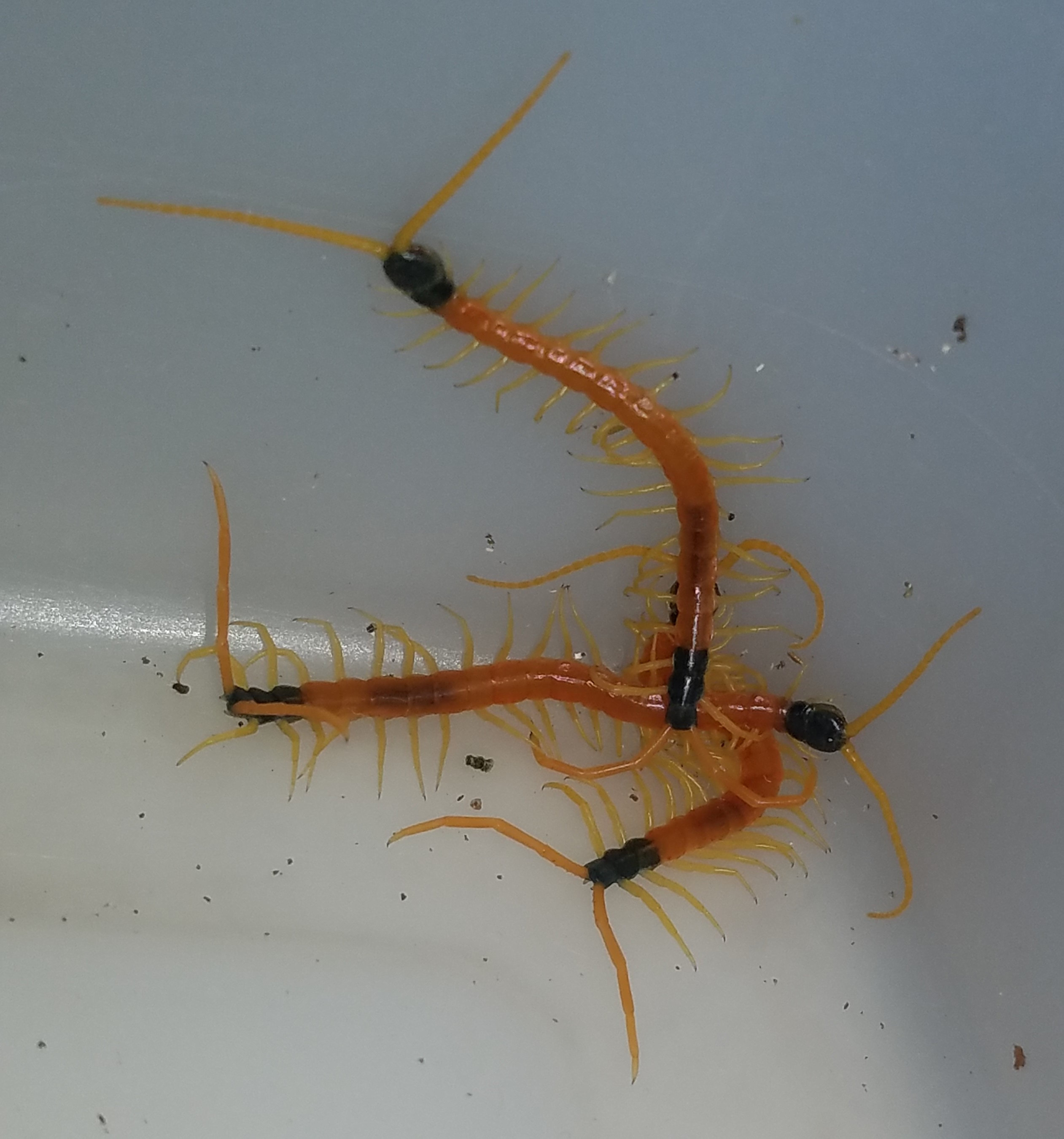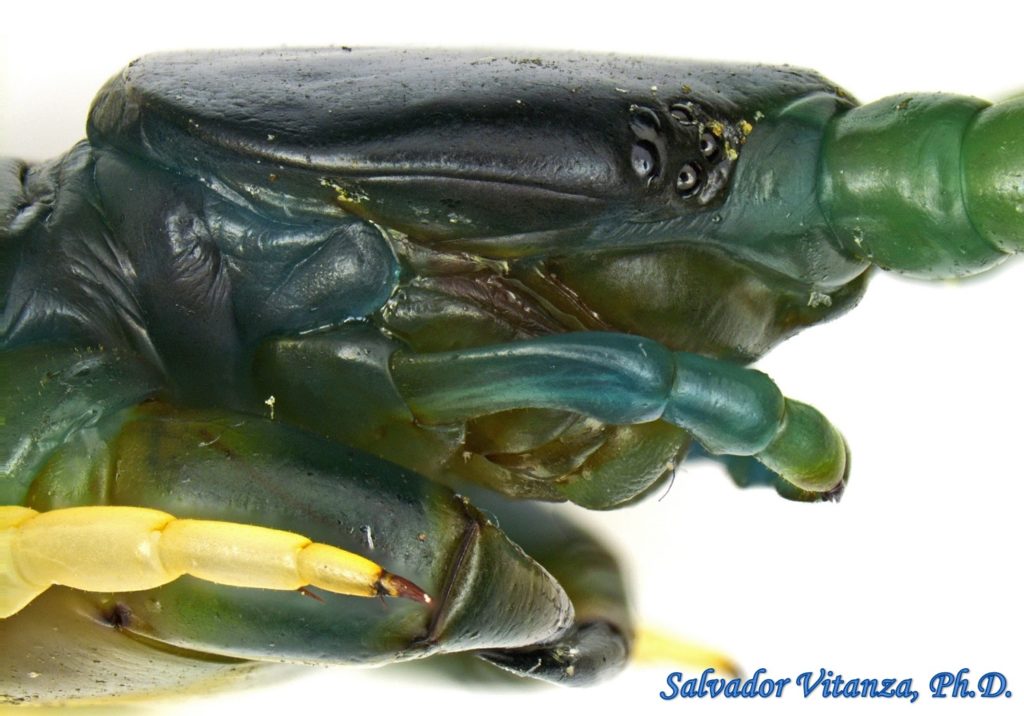
See his dissertation on the egg of spiders, Marburg, 1824, and that of M. Herold, that in the egg of the crustacea and arachnida, the vitellus communicates with the interior by the back. * A remarkable discovery on this subject is that of M. But the existence of the organs of hearing the existence, number, and form of those of sight the product, and the mode of generation* the nature of respiration the existence of the organs of circulation and even the colour of the blood, present great variations, which it will be necessary to study in the different sub-divisions. If we add to this, that the jaws of these animals, when they have any, are always lateral, and move from without to within, and not from top to bottom, and that there has not yet been discovered in any of them a distinct organ of smell, we shall have pretty nearly expressed all that may be said of them in general. Each of these ganglia performs the functions of a brain, for the surrounding parts, and suffices to preserve their sensibility for a certain time, when the animal has been divided. Two cords, which embrace the œsophagus, are continued along the belly, uniting, from space to space, into double knots or ganglia, from which proceed the nerves of the body and of the limbs.

Their brain, situated on the œsophagus, and furnishing nerves to the parts which adhere to the head, is very small. The system of organs on which the articulated animals are most similar to each other, is that of the nerves. From this also results a greater loss of force in the muscles, and consequently more general weakness in each animal, in proportion to its size.īut the joints which compose the body have not always this sort of articulation: they are most usually united merely by flexible membranes, or emboxed one within the other and then their motions are more varied, but do not possess the same force. When it is attached to the neighbouring articulation by a firm juncture, which happens in the limbs, it is fixed there by two points, and can never move, only by ginglymus, that is to say, on a single plane, which requires more numerous arti-Ĭulations to produce the same variety of motion. This external position of the hard parts, and that of the muscles in their interior, reduce each articulation to the form of a case, and allow it only two kinds of motion. It is only the families destitute of feet, or whose feet have only soft and membranaceous articulations, which are confined to the movement of reptation. The articulated rings which surround the body, and frequently the limbs too, supply its place and as they are almost always sufficiently hard, they can afford all the necessary points of support for locomotion so that we find in this division, as in the vertebrated, the different movements of walking, running, leaping, swimming, and flying.

THIS third general form is altogether as characteristic as that of the vertebrated animals the skeleton is not interior, as in the latter, but it is not reduced to a nullity, as in the mollusca. &c.ĬORRESPONDING MEMBER OF THE ACADEMY OF NATURAL SCIENCES OF PHILADELPHIA, &c. MEMBER OF THE INSTITUTE OF FRANCE, &c &c. The Physical Optics text employed, also written by the present author, primarily includes material which should be familiar to students with a strong background in optics or practitioners of guided waves.ARRANGED IN CONFORMITY WITH ITS ORGANIZATION, Here at the University of Colorado, this text is generally used for a follow-up course to one in Physical Optics.
Scolopendra heros prismatica professional#
The book is designed to be used by the beginning graduate student or the professional who needs to review or catch up on the basics. This book emphasizes basic concepts, yet is quantitative in nature and contains numerous applications. I know of none, however, that treats the waveguide, semi conductor laser, fiber and fiber component, and integrated optic component all on equal footing using the forms of Maxwell's equations in polarizable media and coupled forms of Maxwell's equations as unifying tools. These texts vary in nature from the popular treatise to the voluminous scholarly work. below, there are at present quite a number of texts in the guided wave area. Over the past twenty years, progress in this field has been so rapid, and therefore so helter-skelter, that it is hard, even for the fully involved practitioner no less the aspiring student, to see the unifying concepts. This book has grown out of a need for a beginning graduate level text which emphasizes the unifying concepts of the field of guided wave optics.


 0 kommentar(er)
0 kommentar(er)
